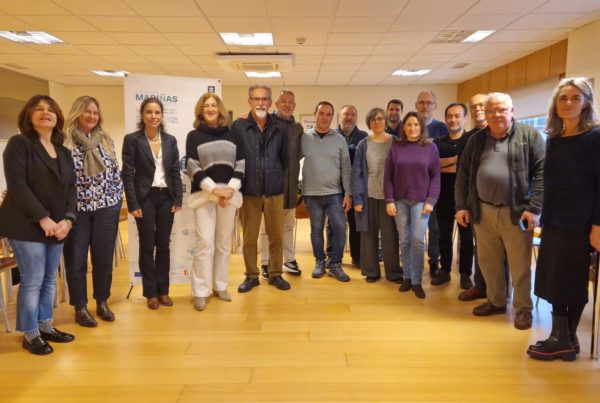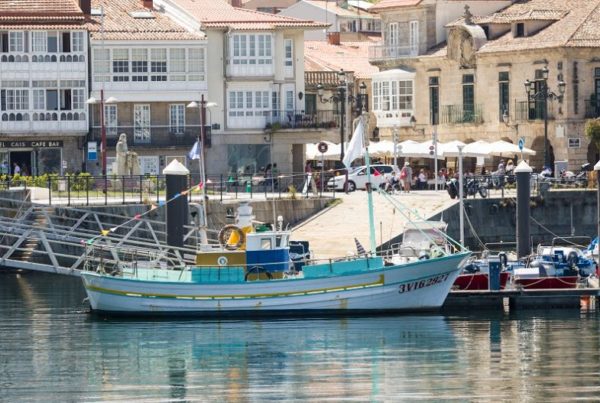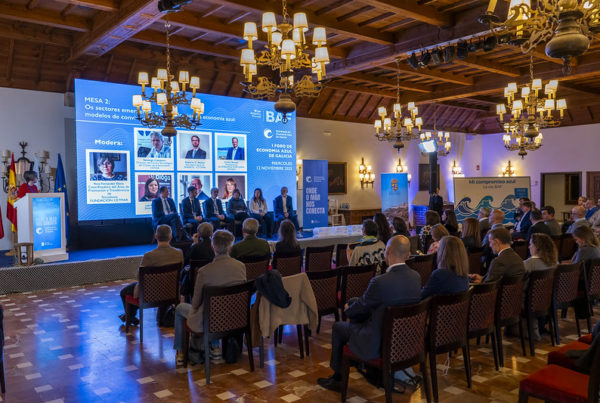CIMA and CETMAR conclude the preliminary study on the presence of ouxa in the Galician coast and lay the foundations for a future Redemar project
- The Galician Federation of Fishermen’s Associations and the Fisheries Technical Unit (UTPB) also participated in the document
- The study aimed to find out the current state of the ouxa stocks in the Galician coast
The Marine Research Centre (CIMA) concluded the preliminary study on the presence of ouxa in the Galician coast, in which CETMAR collaborated and that sets the roadmap to follow for the implementation of a future Redemar project.
The Director General of Fisheries Development, Marta Villaverde, along with the director of CETMAR, Rosa Chapela, attended the presentation of this initiative. According to the director of CIMA, Carlos Gabin, the work was developed for seven months, in collaboration with the Galician Federation of Fishermen’s Associations, the Technical Unit of Inshore Fisheries (UTPB) and CETMAR, and the contributions of the fishermen’s guilds.
This preliminary study integrated the research knowledge of the Administration’s technicians with experience in fisheries and shellfish. The objective was to know the view of the sector about this species, and specially to enable the planning of activities that allow us to know the behaviour, abundance and, in the near future, to have tools to assess and quantify the impact on shellfish stocks.
A key stage of the study was the sending of 60 surveys from 10 ports, completed with several interviews with stakeholders. This ended last February with a workshop in Arcade.
The objective was to study the behaviour of this species in depth and obtain sufficient information to adopt management and coexistence measures for the sector’s activity and the natural populations of this species.
To achieve the objectives involves monitoring the shoals of ouxas through an observation network to obtain information on mobility patterns, recording and quantification of sightings, time and environmental conditions favouring their presence, reproduction periods and the basis of their feeding at different stages of growth.
This information will be necessary to objectively analyse the measures that can help mitigate their effect on shellfish and tackle a study to quantify the loss linked to incidence of ouxas on shellfish production.
Further knowledge
During the meeting, it was announced the joining of the Spanish Institute of Oceanography (CSIC-IEO) and more fishermen’s guilds to this working group. These associations will be a major value when carrying out the experiences framed within a future Redemar project to be probably launched in the first half of 2025.
The advances will be transferred to the fishing and shellfish sectors, through meetings, workshops and documents so as to find a sustainable coexistence of this fish with the people of the sea.







